In this article, we will explore the difference between cent account and standard account, along with their advantages and disadvantages so that you can find the one that suits you the most.
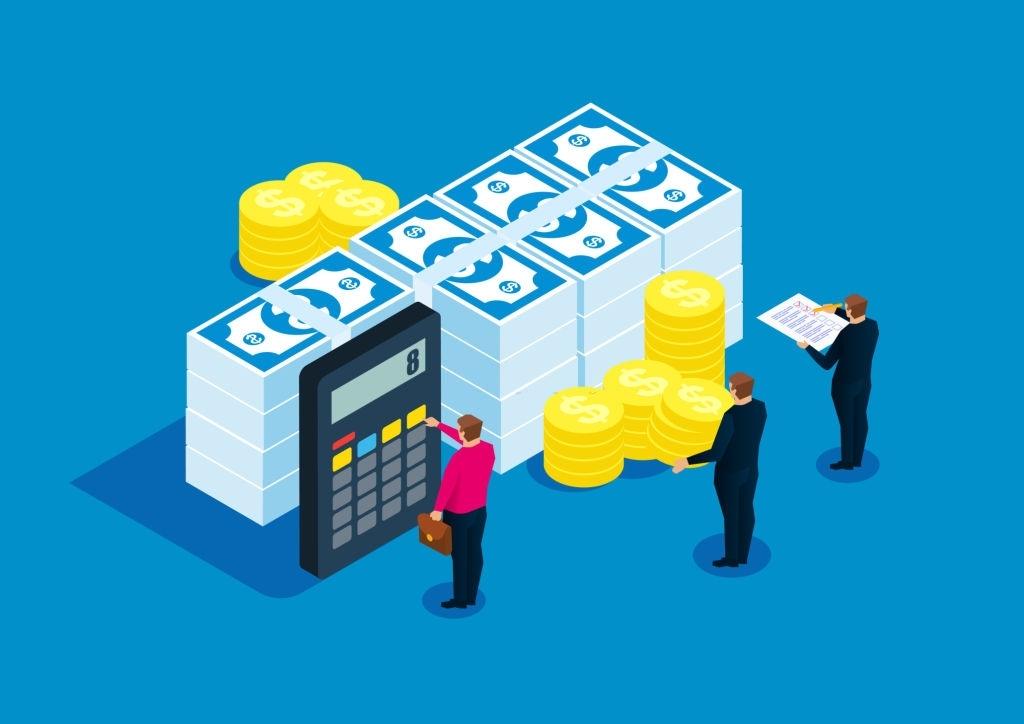
Apart from deciding which trading strategy to use, every trader should also carefully consider which broker to choose along with the trading account that they offer because it can directly affect the way they manage their balance. As the forex market is packed with various types of traders, brokers usually offer many account types. Therefore, you have to make sure that you pick the right choice.
Typically, a forex broker offers several trading account options; each comes with different requirements and types of services. As a trader, it is vital to learn the specification for each type so you can decide which one matches your needs.
Among the many types offered, there are two interesting types that many traders use, namely cent and standard accounts. So what are the differences between those two and which one is more worth your money? We will discuss everything you need to know about it in this article.
Cent Account
Many brokers offer a cent account by claiming that it is very beginner-friendly with minimum requirements. This account type was first introduced in 2006 to help traders who just started their trading journey with small capital.
As the name suggests, the main characteristic of a cent account is that it measures the balance with cents instead of the usual US dollars. For the record, 1 US dollar = 100 cents. As a result, if the minimum lot required is 0.01 lot, then it is equal to 1.000 cents (10 US dollars) only.
So by depositing only a small amount of money, you can enter the market and start trading. Some brokers don't even specify the limit on how low the deposit can be.
By using cents instead of dollars, traders will get accustomed to seeing big numbers on their accounts. Also, the risk is considered low compared to other accounts because even if it feels like trading with huge capital, you actually don't put that much money in the open.
That is why many traders would use the cent account as the transitional stage from a forex demo account to the real one. Trading with demo accounts can affect the trader's psychological reaction. They're aware that there's no real money at risk, so they tend to think that the trade is only for practice and might end up making clumsy decisions. But with cent accounts, traders do trade with real money from the very beginning, so they will get used to live trading and build up their plan. Thus, it could produce a better result with a more precise calculation.
For the same reason, a cent account is also excellent for testing and developing your trading strategy. By making use of the low-risk advantage, you can try different trading strategies while simultaneously sharpening your trading abilities and gaining new experiences.
However, keep in mind that with smaller capital, you will also get smaller gains. That is why a cent account is not exactly the best choice if your goal is to get huge profits. It is more suitable for traders who want to improve their skills and experience in a real account.
While it is actually possible to get leverage from the broker if you are really aiming for a big profit, the truth is, leverage can be even more damaging if you don't manage your trade well and end up getting losses. Even so, you need high leverage in a cent account if you want to get a big amount of profit, and typically, high leverage is only used by experts who already have some experience in their pockets. For this reason, using high leverage in a cent account is not recommended for beginners.
Another crucial matter to note is that the numbers of forex brokers that offer cent accounts are still quite limited. The majority of these brokers would limit the maximum position size to keep the account's exposure low.
Standard Account
Standard account is the most common account in forex trading. In this account type, the minimum trading volume per transaction is 1 standard lot which equals 100,000 US dollars (10 US dollars per pip for EUR/USD trading). This means, you're only allowed to trade if you reach the minimum size per transaction, which in this case is 100,000 US dollars.
While that might sound really grand, the truth is that you don't have to risk 100,000 US dollars in every trade because you can use the leverage (typically 100:1 in a standard account). This way, you only have to put 1,000 US dollars as a margin for 1 standard lot to be traded.
As the name suggests, the standard account is mostly considered the standard choice and the most widely used account by forex traders, so it doesn't limit its features to certain types of traders only. The main advantage of using a standard account is that most brokers provide better services and more perks for standard account holders.
You can trade with a wide range of trading instruments (currency pairs, commodities, etc.) and are allowed to open more trading volumes at once. Another advantage is that you can get higher potential gains if you manage your trade well. With each pip worth around 10 US dollars, you can easily add $1,000 profit to your balance if you get, let's say, 100 pips in a day. This amount is not possible with any other type of accounts unless you trade with more than 1 standard lot.
However, opening a standard account will require you to have a relatively high minimum deposit. If you want to have enough space left to accommodate further price fluctuations, it is recommended that you open a standard account with a minimum deposit of 10,000 US dollars. Also, remember that with the high potential gains come high potential losses. Just as you have the chance to earn 1,000 US dollars in a day if the trade moves in your favor, you can also lose 1,000 US dollars just as quickly if the 100 pips move against you.
While having losses is essentially inevitable in forex trading, that much loss in just a day would give a damaging impact on traders with small capital in their accounts. That being said, the standard account might be more profitable, but it is also riskier than the cent account. That is why, this account type is more suitable for experienced, well-funded traders. It is a great choice if you want to get high returns and like to use various trading instruments.
Which Type is Right for You?
Opening a trading account means you should reflect on yourself first and considers the essential factors that are influenced by your trading style, level of experience, and starting capital. While both cent and standard accounts have their own unique benefits, you should pick the one that suits you the most and serve the purpose of your trade.
If you are a beginner and still have limited forex trading experience, then a cent account is worth your money. With only a small amount of capital, you can open an account and start trading with real money. Although the profit won't be spectacular and probably insignificant to your overall balance, it is still better than getting nothing (like in the demo account). The low-risk environment is also really beneficial to try different strategies, check the quality of a broker, and improve your trading skills along with it.
On the other hand, if you are a more experienced trader with a sufficient amount of capital and proper trading strategy, then you should choose the standard account. You can maximize the use of the many services that come with a standard account and gain high profits along the way.
With a good risk management system, you will be able to reduce the potential loss and reach your trading goal. Also, it is very easy to find a broker that offers standard accounts. Some brokers like XTB and Pepperstone even give standard account holders dedicated managers to help them navigate through the trading platform, deposit and withdrawal issues, etc.
Pepperstone was founded in 2010 by a team of experienced traders with a shared commitment to improve the world of online trading. Based in Melbourne, Australia, they grew to become one of the largest forex brokers in the world. If traders want to find a broker that provides low spreads, fast execution, and award-winning support, then the answer is Pepperstone.
Pepperstone has a strong legality guarantee because it has been licensed by the Australian regulator ASIC and FCA. Traders' funds can be deposited in segregated accounts at top Australian banks, one of which is the National Australia Bank (NAB). Therefore, the safety of funds is not a concern if a trader chooses to open an account in Pepperstone.
They succeeded in collaborating with 23 top banks to bring Bid to investors instantly via optical fiber. This allows all orders to be executed 100 percent automatically with low latency up to 0.05 milliseconds, without dealing desk intervention and requotes, as well as with super low trading costs.
Trusted by over 73,000 traders around the world, Pepperstone processes an average of USD12.55 billion of trading volumes every day. Because of that, they have many awards such as:
- The Best Global Forex ECN Broker 2019 and Best Forex Trading Support-Europe
- Best Australian Broker and Best Trading Platform 2018 by Compareforexbrokers.com
- Best Forex ECN Broker, Best Forex Trading Support, and Best Forex Trading Conditions by UK Forex Awards 2018
With the many rewards gained, Pepperstone hopes to attract more and more traders from all over the world. The rising performance of Pepperstone is not only due to the super-tight spreads and fast execution that it provides, but also because many traders are interested in trading with deposits in currencies other than US Dollars.
For this reason, Pepperstone is one of the most market-responsive brokers because it is willing to accept deposits in 10 currencies, which include AUD, USD, EUR, CAD, GBP, CHF, JPY, NZD, SGD, and HKD.
Trading in Pepperstone would allow traders to choose between 11 trading platforms: MT4 for desktop, MT4 Mac, MT4 iPhone, MT4 Android, MT4 iPad/Tablet, MT5, WebTrader, cTrader WebTrader, cTrader cAlgo, and cTrader Mobile. The choice of trading platforms may seem confusing to novice traders, but actually, it is very useful because it has fast execution.
When trading forex, traders can enjoy raw spreads from 0.0 pips on Razor accounts, over 61 currency pairs, and commission-free account funding on a wide range of deposit options. In addition to currency pairs, Pepperstone provides many types of trading instruments, including CFDs for indices and shares, commodities, and cryptocurrencies.
Instruments in commodity trading are pretty much diversified. Not only metal, gold, and silver, but traders can also trade with soft commodities such as cotton, sugar, coffee, cocoa, and orange juice. Pepperstone also provides trading on energy (oil and gas).
There are two types of accounts provided by Pepperstone, namely Razor accounts, and Standard accounts. If you area beginner, it is recommended to choose a Standard account with an average EUR/USD spread of 1.0-1.3 pips and free commission.
Those with particular trading styles such as scalpers and algorithmic traders may enjoy the lower cost setup traditionally seen in a Razor account, with a commission from AUD7 round turn of 100k traded. You can start trading with a minimum lot of 0.01 (micro) and 1:400 leverage.
As a Pepperstone client, a trader can fund and withdraw with alternative methods including Visa, Mastercard, POLi internet banking, bank transfer, BPay, PayPal, Neteller, Skrill, and Union Pay.
If you are new to trading or looking to practice your trading strategies in a risk-free environment, you can create Demo Account in Pepperstone. But if you are an experienced trader or prefer to learn by doing, Pepperstone provides a Live Account that allows you to trade with live executions and pricing.
Traders can also follow and copy strategies from popular traders using third-party services while learning how to improve their trading abilities. Pepperstone has partnered with a range of social trading platforms that traders can choose from, such as Myfxbook, ZuluTrade, Mirror Trader, MetaTrader signals, and Duplitrade.
The Bottom Line
Cent and Standard accounts are the two account types offered by forex brokers. By going through the features along with the advantages and disadvantages of each account type, you might end up with a choice that is best for you and can accommodate all of your trading needs. Whatever that choice is, the most important thing to remember is to trade wisely and effectively.
It is always better to begin with a small capital and then gradually increase the size of your trade once you feel comfortable with your trading circumstances rather than immediately invest a lot of money and end up losing. Don't use up all your money if you're not ready to accept the losses, and don't let greed take control of your emotion.

 Dedicated FREE FOREX VPS
Dedicated FREE FOREX VPS Free FOREX Virtual Private Server
Free FOREX Virtual Private Server MT4 Demo Contest, Get $500
MT4 Demo Contest, Get $500 Sign Up for an Account, Claim 60% Deposit Bonus
Sign Up for an Account, Claim 60% Deposit Bonus Free MT4/MT5 VPS 2024
Free MT4/MT5 VPS 2024 Send E-mail and Get Free Merchandise
Send E-mail and Get Free Merchandise $1K Refer a Friend Bonus for Pepperstone Pro clients
$1K Refer a Friend Bonus for Pepperstone Pro clients Maximize Your Earnings with 100% Deposit bonus
Maximize Your Earnings with 100% Deposit bonus Trade to Win, $5,000 Monthly Demo Contest
Trade to Win, $5,000 Monthly Demo Contest Claim 30% + 15% Deposit Bonus from LiteFinance
Claim 30% + 15% Deposit Bonus from LiteFinance

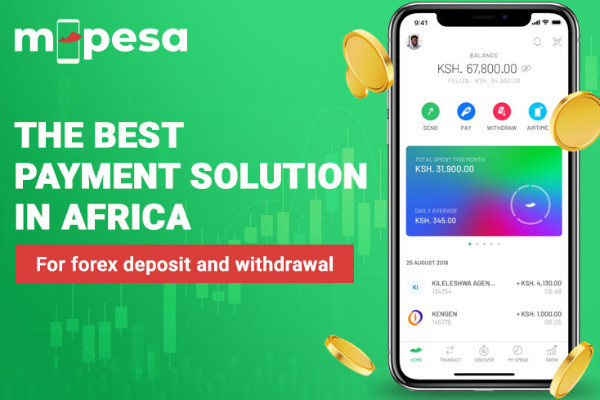

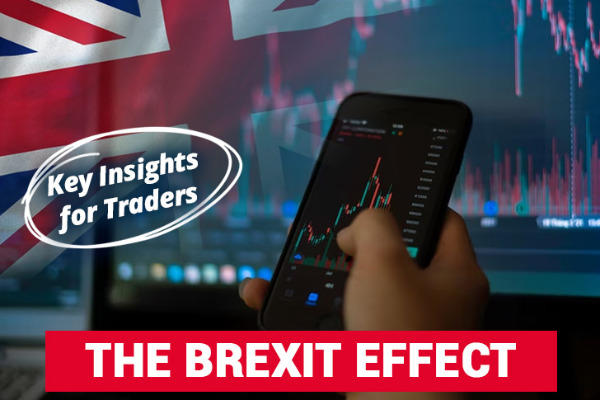
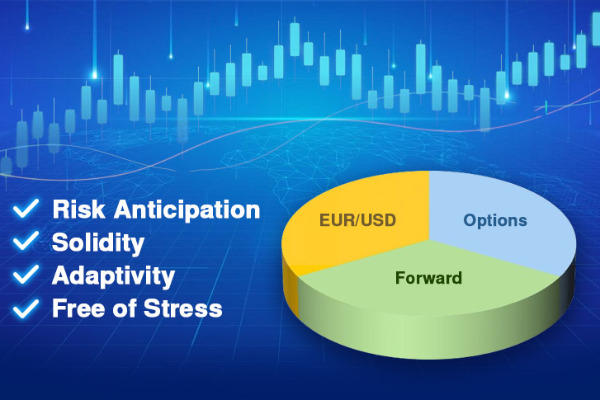
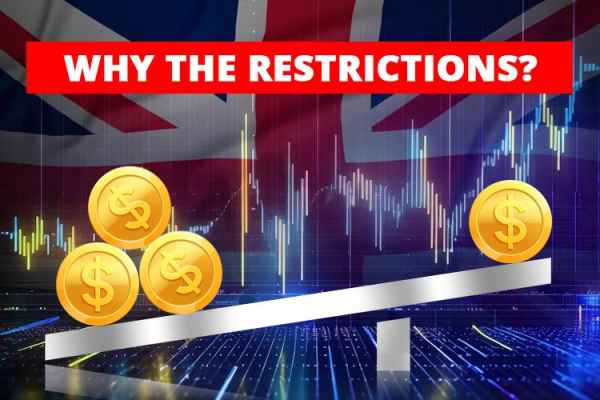
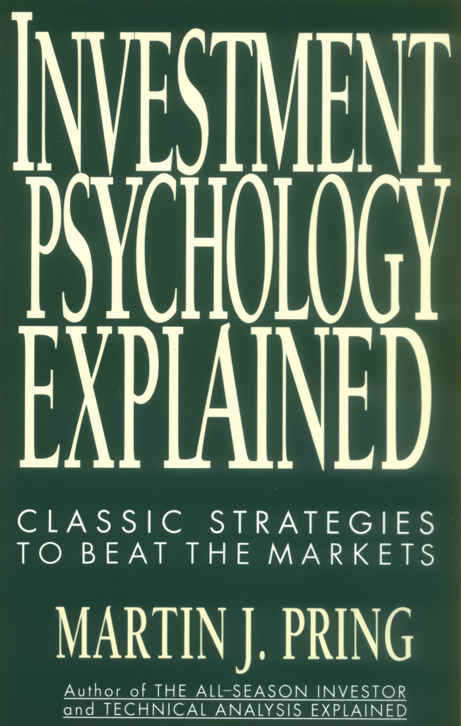
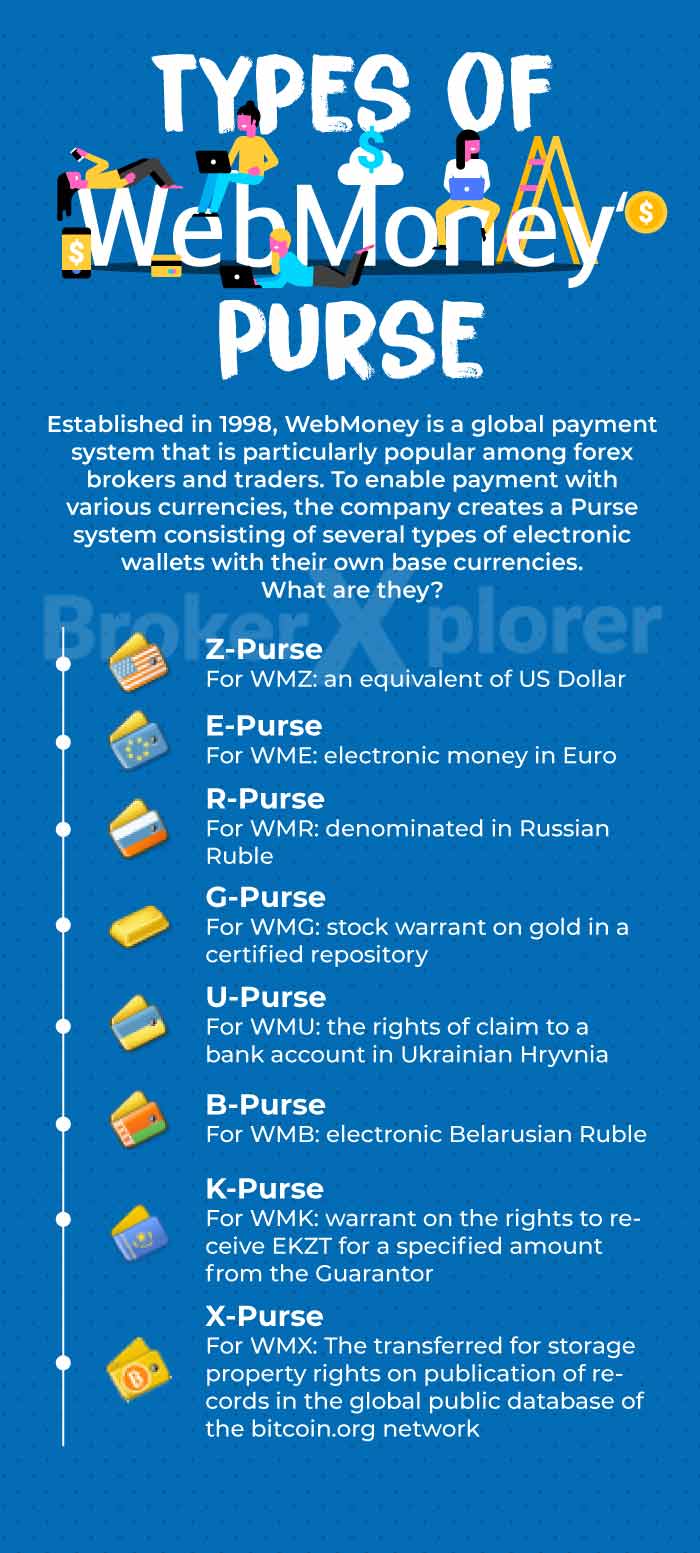

12 Comments
Larry
Feb 2 2023
Thank God I can finally see the difference between the standard count and the coin count. I think coin count is also a good choice for beginners besides micro quantity. But sorry to say, I am still confused between these two accounts. The cent account has a smaller trading volume than the micro account. I mean 0.001 more or less than that? What about the nano account? Is less than a micro account right?
I also heard that micro accounts also have very little profit/loss compared to other accounts. Meanwhile, I was struggling to find a broker that offers cent accounts. And what is the best choice for a beginner trader? Is it a micro count or a cent account or even a nano account?
Brian Joshua
Feb 2 2023
Larry: The nano account is different from the cent account. As you know, nano account is 0.001 lot and it is available in standard account, same as micro account. So the standard batch unit is calculated as the same, 100,000 for the standard; 10,000 for the minimum; 1,000 for micro accounts and 100 for nano accounts.
Meanwhile, the cent account is a standardized forex account. So normally the lot volume of forex account 1 is 100,000 units (dollar units; but in cent accounts, units become one cent). So in other words, the number in 1 lot = 100,000 cents; 0.1 small coin account; 10,000 coins; micro cents = 1,000 cents and even nano cents = 100 cents!
the best account for beginners, it is difficult to distinguish between cent account, nano account or even micro account. But most traders will choose between a cent account or a micro account. Micro can offer significant profit even though it is not bigger than mini account, while cent account will not carry much greater risk than nano account.
If you need more challenges, choose the micro account, and if you have low risk choose cent account.
For more information and specifications about nano and cent accounts, you can read in this article: Nano vs Cent account
Justin
Feb 25 2023
Larry: In my opinion, Nano account can be the best but it is limited since it is available only at broker with metatrader 5. You can see the different each other account based on my knowledge :
Justin
Feb 2 2023
Man, I was wondering about pip movement. I mean this article says that in a standard account, one pip move can make $10 loss or gain in the standard volume of one lot, right? And if I trade with 0.1 lot, it will be 1 dollar and so on.
The question is, the pip movement itself, is it still $10 or is there another pip worth more than $1. Because the author seems to have bolded about 1 pip = $10 if you are trading EUR/USD currency pair. So yes, I'm also curious to know about other currency pairs as I hardly see how it is calculated at MetaTrader
Peter
Feb 2 2023
Justin: If you are trading with direct currency pairs (USD behind currency pairs, for example:
EUR/USD; GBP/USD; AUD/USD; and so on), the formula should look like this:
100,000 units x tick size x pips
The tick size can be found on the broker's website, in the trading tools section. It usually has a value like this:
0.0001.
Meanwhile, when trading with indirect currency pairs, USD is ahead of other currency pairs (e.g.: USD/CHF, USD/JPY, etc.), you can calculate by the following formula:
Pip = (lot size x tick size) / current rate
And if you are trading with cross pair, it will be harder to count because it has to be converted to dollars. Just like EUR/JPY for example, you need to know EUR/USD current rate first after that you can count with the same formula above.
Other ways to know the pip value you can access the pip calculator on this website its very easy to use just enter the lot you want and the pair you want and it will show the value as 1 pip . The link is here (Forex pip calculator)
aaron wong
Feb 2 2023
Are the trading conditions of the cent account same as the standard account? for example if spread is 1.2 pips and leverage is 1:500 and commission $10/lot. Is in a cent account the spread is also 1.2 pips with identical leverage and also $10/lot? or 10 cents/lot?
God, I'm confused now. But if that's the case, I can hardly trade freely and find the best trading method with more challenges than with a demo account. Because I think and feel that the demo account besides not using real money, sometimes it has no spreads or commissions, so trading is not realistic and not difficult at all. meanwhile, if cent account has these trading conditions, it will really help new traders to make live trades without having to lose a lot of money
Jorge
Feb 2 2023
aaron wong: No, the trading conditions of cent account may be different because as you know, cent account does not bring too much profit for the broker because of penny unit and you know for sure what profit the broker can earn .
So you must read the trading terms carefully. And remember, all account types are different so the trading conditions. For the trading condition of cent account, you can read at here : Brokers with cent account
Loris
Feb 25 2023
aaron wong: The conditions for trading penny and standard accounts can vary between brokers, but in general there are key differences between the two account types.
Cent accounts are generally designed for new traders who want to trade with small amounts. These accounts use smaller currencies, such as cents instead of dollars, and have smaller minimum trade sizes. This allows traders to get the feel of live trading without risking large amounts of capital. In some cases, brokers may offer higher leverage on cent accounts to attract new traders. On the other hand, standard accounts often have higher minimum deposit requirements and larger trade sizes. They can also provide access to more trading tools and have lower transaction costs, such as lower spreads or commissions.
In terms of trading conditions, cent accounts and standard accounts may have different spread, commission and margin requirements. For example, a cent account may have higher spreads (but the value of pip is in cent). Also, some brokers may have different rules or restrictions for each account type.
Jansen
Feb 25 2023
I have been trading with a demo account and feel ready to upgrade to a real account. However, I don't know whether to choose the coin counting method or the standard counting method. According to the article, both account types have many pros and cons. For me, as a beginner trader who wants to make profits as quickly as possible, but is also concerned about the risks involved. What kind of account can I use between cent account and standard account? And how can I minimize my risk and maximize my profit when trading with a real account?
Mendy
Feb 25 2023
Jansen: Based on the article, and I agree with the author. If you want to trade with a very low risk account and just want to try trading just to test your strategy with a live account, it is better to trade with a cent account while you have a suitable strategy and ready to trade with a live account you can get a standard account as the profits can be very high and worth it for a trader willing to trade with a live account
Torino
Feb 25 2023
Man, I know much knowledge about the pros and cons of leverage on this site. so, the leverage can be a powerful tool in forex trading, but it can also increase losses if not used properly. And about the standard account, the article talked about the usual leverage of 100:1 that usual for a standard account because the required deposit amount is higher.
However, in the case of brokers that allow traders to choose their leverage ratio, what factors should new traders consider when choosing leverage and what other popular leverage levels are available other than 100:1?
Brandon Margelius
Apr 19 2024
It's mentioned that a cent account's primary feature is its balance measurement in cents rather than the conventional US dollars. Just to clarify, 1 US dollar equals 100 cents. This means that if the minimum required lot size is 0.01 lot, it's equivalent to just 1,000 cents (or 10 US dollars).
This setup allows traders to enter the market and commence trading with only a small deposit. In fact, some brokers don't even specify a minimum deposit limit.
Now, the big question: Can trading with a cent account truly yield real profits? Is it possible to achieve success in trading with a cent account?